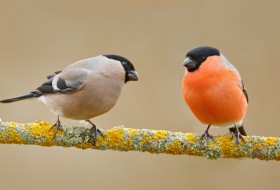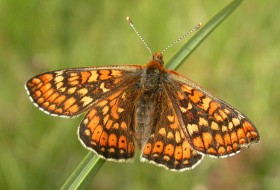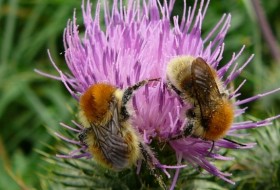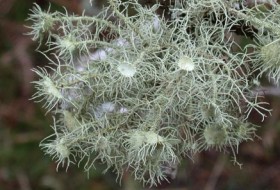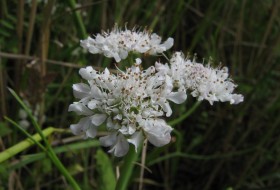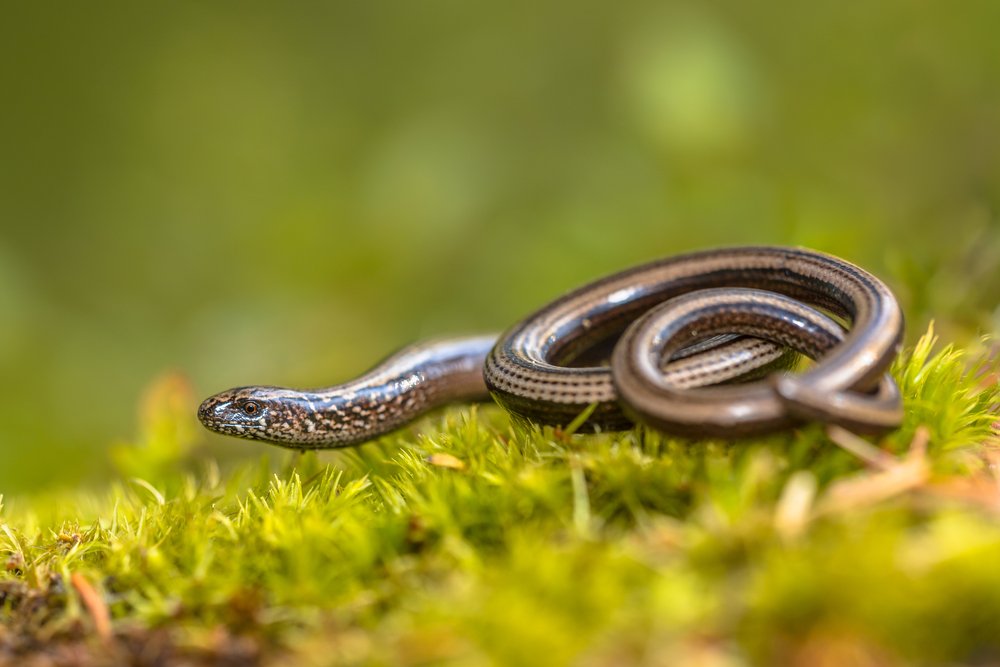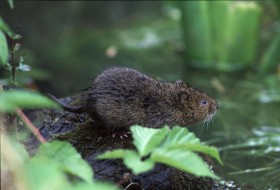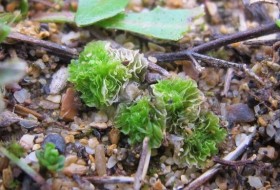Priority Species in Carmarthenshire
Page updated on: 14/03/2025
Welsh Government (WG) published a list of species in Wales that they consider are of key significance to sustain and enhance biodiversity the country. WG and other public bodies have a duty to take all reasonable steps to maintain and enhance these species [Environment (Wales) Act 2016]. This list (S7 list) is currently under review by WG and Natural Resources Wales (2024).
In Carmarthenshire we have many of these priority species – some are common and others much more scarce. Our native species have influenced the cultural identity of Carmarthenshire. Animals and plants have influenced many farm, house and street names in the county. Some are still common (gorse), some now rare (hares) and the wolf and wild boar are long gone from our countryside.
A number of organisations work in the county to maintain and enhance these species. If they are to thrive, organisations and individuals must work together in partnership - including land owners, government agencies, wildlife conservation groups, local authorities and industry. In addition to addressing the specific management requirements for these species we need to:
- raise awareness of these species and the issues affecting them
- identify new sites for survey in the county
- encourage volunteer interest in recording species
- use key species as a focus for public/school engagement
Invasive Non-native Species (INNS) are plants, animals, fungi and microorganisms which have been introduced to parts of the world where they would not naturally be found. They have the ability to spread, causing damage to the environment, the economy, our health and the way we live. INNS are the second greatest threat to biodiversity after habitat loss and fragmentation. INNS have been estimated to cost the UK economy at least £1.8 billion pounds annually. In Carmarthenshire Japanese Knotweed, Himalayan Balsam and mink have all had significant impacts on habitats and protected species here.
Want to find out more? Download more detailed information about our priority species in Carmarthenshire:
- Carmarthenshire Priority Species - Birds 2024 (1MB, pdf)
- Carmarthenshire Priority Species - Bryophytes 2024 (863KB, pdf)
- Carmarthenshire Priority Species Bumblebees 2024 (333KB, pdf)
- Carmarthenshire Priority Species - Fungi 2024 (532KB, pdf)
- Carmarthenshire Priority Species Lichens 2024 (871KB, pdf)
- Carmarthenshire Priority Species Mammals 2024 (723KB, pdf)
- Carmarthenshire Priority Species Vascular Plants 2024 (1MB, pdf)
- Carmarthenshire Priority Species Herpetiles 2024 (293KB, pdf)
- Carmarthenshire Priority Species Fish 2024 (250KB, pdf)
- Carmarthenshire Priority Species Other Invertebrates 2024 (575KB, pdf)
- Carmarthenshire Priority Species - Butterflies And Moths 2024 (451KB, pdf)
